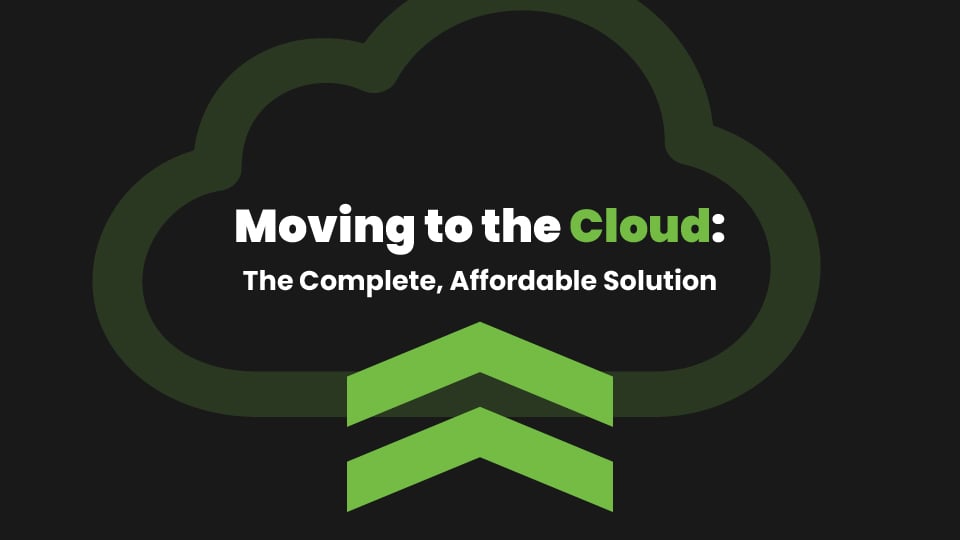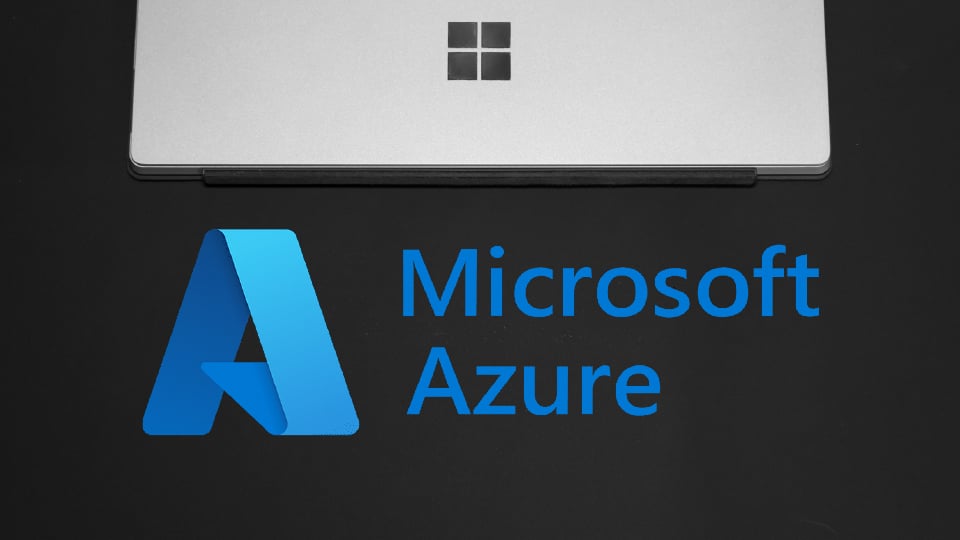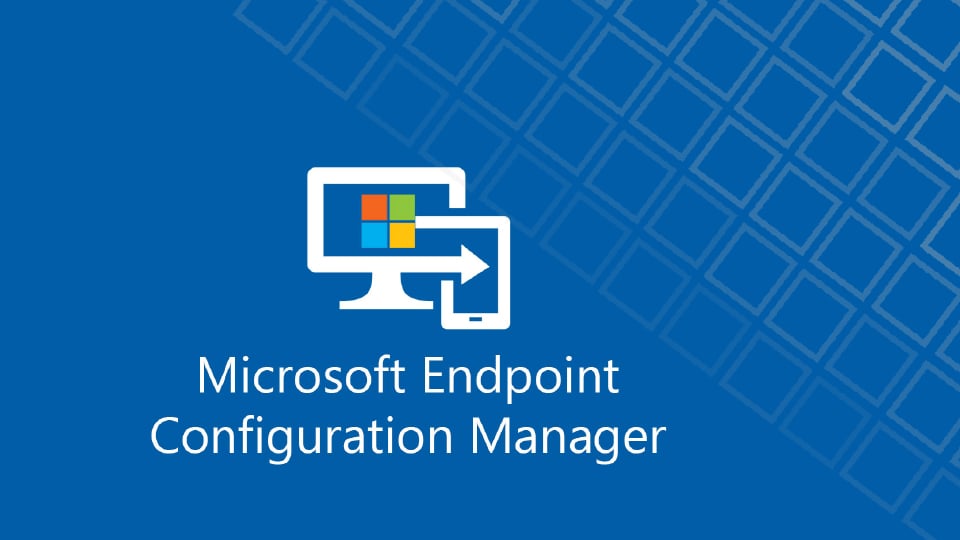3 Components to Understand Microsoft Azure
Microsoft Azure is a growing collection of more than 200 integrated cloud-based products and cloud services spanning analytics, computing, database,...
Five Nines Technicians : Jun 6, 2025 12:04:13 PM
4 min read

As cloud computing solutions flood the business world, one question comes up frequently for businesses hosting on-premise solutions:
“Should we move (even part of) our data center to the cloud?”
Often, the cost of moving to the cloud is weighed against the expected benefits of going cloud-hosted. In this article, we'll cover the infrastructure cost considerations, the benefits of cloud-hosted infrastructure using Microsoft Azure as an example, and resources to calculate your own potential cost-savings in the cloud.
Many companies consider the cost of hosting servers in a local data center or on-premise as only the physical server hardware cost. This misleads people to believe that paying for cloud services monthly (or yearly) is more expensive than a local or hosted data center... and, at first glance, it may genuinely appear that way. Realistically, far more goes into calculating the total cost of data center hosting than just server hardware, but many organizations only take simple server upkeep and maintenance into account.
These costs are often considered when calculating data center expenses:
But servers are only one part of data center expenses. Other aspects of data centers to be considered include:
In Azure Infrastructure as a Service (IaaS), many of the costs mentioned above are already built into the monthly charge of the virtual machines, including:
This leaves only the cost of Storage and Networking to consider. These services are at a ridiculously low rate compared to hardware that would need to be in a data center. For instance, Azure disk storage can be as low as $80 per terabyte (TB) monthly. Compare that to a storage area network (SAN) that would need to be maintained, drives replaced as they fail, and the entire system replaced every five years, and you’ll likely be pleasantly surprised.
Azure also offers backup, disaster recovery, and high-availability options you can take advantage of to keep all of your maintenance and monitoring in a single pane of glass.
Azure Backup will store your most recent data on local storage, and then archive old data in the cloud. This alleviates retention storage and uses your local data stores for more important things. If you use Azure virtual machines, no server is necessary. With a few clicks, your virtual machines are protected, and you don’t have to worry about provisioning storage at all!
Azure Site Recovery allows you to replicate your servers and keep them in a powered-off state in Azure or another data center, meaning it’s an active/passive recovery option until disaster strikes. Then, you simply power up your virtual machines, and the meter starts running for consumption. While the virtual machines are down, you pay only for the cost of Azure Site Recovery and for the storage the machines take up.
With Azure Availability Zones, you can guarantee your Azure infrastructure is always up and allows Azure to offer the industry-best 99.99% virtual machine (VM) uptime service-level agreement (SLA). It does this by ensuring your systems within availability zones are replicated to another section of a data center that runs on its own independent power, cooling and networking. You’re already load-balancing your workloads between machines; so why not use this free Availability Zones feature to separate your load-balanced workload between zones?
These features are competitive with other services such as Veeam (with CloudConnect). Compare to see for yourself!
Everything we’ve talked about so far is for a “lift-and-shift” migration to Azure. There are several other ways to save money by moving to Azure, which don’t move unnecessary systems that could be consolidated or changed to use the many Software as a Service (SaaS) and Platform as a Service (PaaS) services that Microsoft offers in Azure.
Taking out the compute and OS-level maintenance is a cost-savings strategy from a resources perspective, but also can save money on your monthly costs in Azure. Currently, there are more than 375 services offered in Azure and Office 365, including some of the most common systems:
Services can also be containerized using Azure Container Services (with Kubernetes). Using Azure Kubernetes Service (AKS) allows you to break down your systems into components and only utilize resources that each of those components requires when needed.
For example, in a website with a user and an administrator interface, you could separate the user interface into scalable containers, while the administrative interface exists in a different scalable container space. You would pay for the user interface for its regular usage, but the administrative interface wouldn’t be billed until/unless someone uses it.
With Azure DevTest Labs, you can give your development team an entire workspace to create, deploy, image, and automate the startup/shutdown for an entire test environment. There’s no cost of licensing in this environment as it’s considered development. This means you can move your entire development/test environments into this space to save money on consumption and licensing.
Azure offers automatic shutdown for free, which means non-essential servers can automatically shut down on a schedule. Have a development environment that doesn’t need to be up after 6 p.m.? Set up automatic shutdown using Azure’s built-in feature to save more than half of your monthly cost on virtual machines.
If you commit to keeping your virtual machines in Azure for one or three years, you can take advantage of Reserved Instance (RI) pricing. This can save you up to 72% over pay-as-you-go instances for something you would be doing on-premise anyway: Committing to three years of hardware utilization for servers in a data center.
Already have Windows Server Licensing? Take advantage of Azure’s Hybrid Use Benefit (HUB) for even more savings. Let’s say you have Software Assurance for 40 cores, 5 standard 4-core and 16GB RAM machines running for an entire month. You could reduce your monthly costs from $1,540.30 per month to $737.30 per month – a 47.9% savings!
And, if you pair RI and HUB, you’ll see a nearly 80% savings on your monthly bill.
We've demonstrated examples of how moving to the cloud with Azure compares to your current data center options, but you can see it for yourself. To receive an expert estimate for extending or migrating your current data center to the cloud, get in touch with our experts and we'll work with you to calculate the most accurate and realistic cost savings for your business.

Microsoft Azure is a growing collection of more than 200 integrated cloud-based products and cloud services spanning analytics, computing, database,...

The Microsoft Endpoint Configuration Manager (MECM), formerly known as System Center Configuration Manager (SCCM), is a Microsoft systems manager...

Microsoft believes hackers have been targeting Skype accounts since early August. When Microsoft integrated Skype logins with general Microsoft...